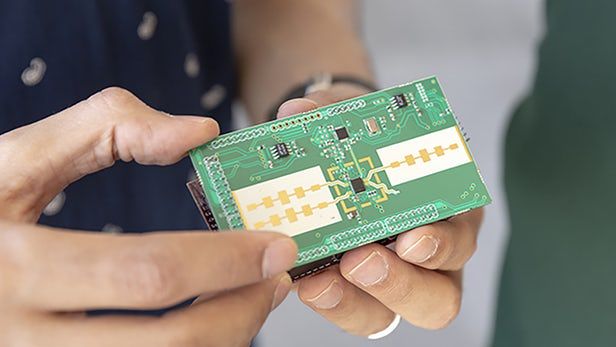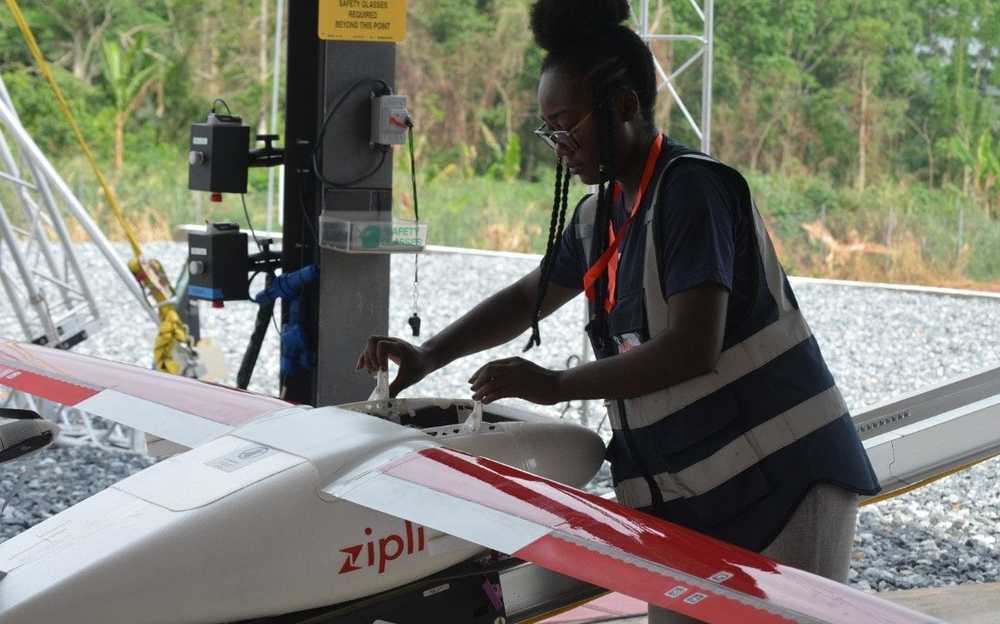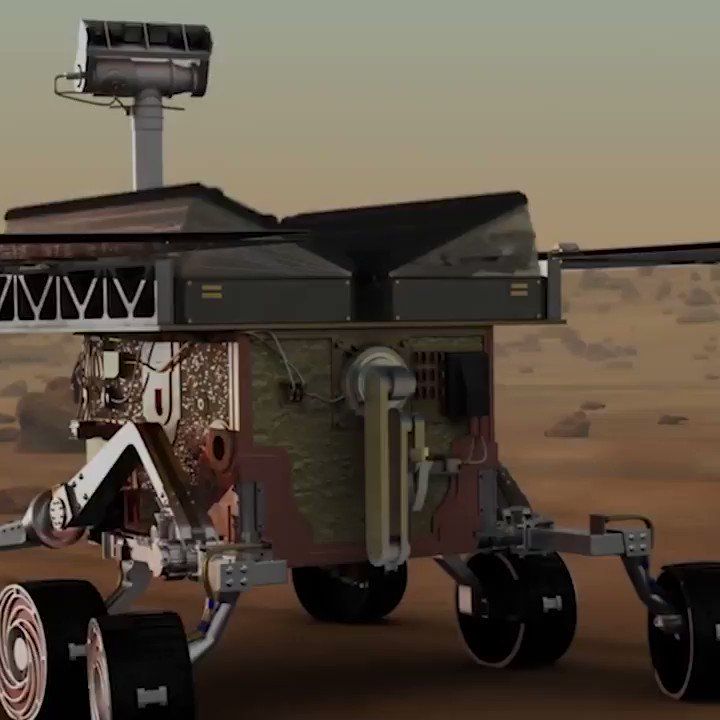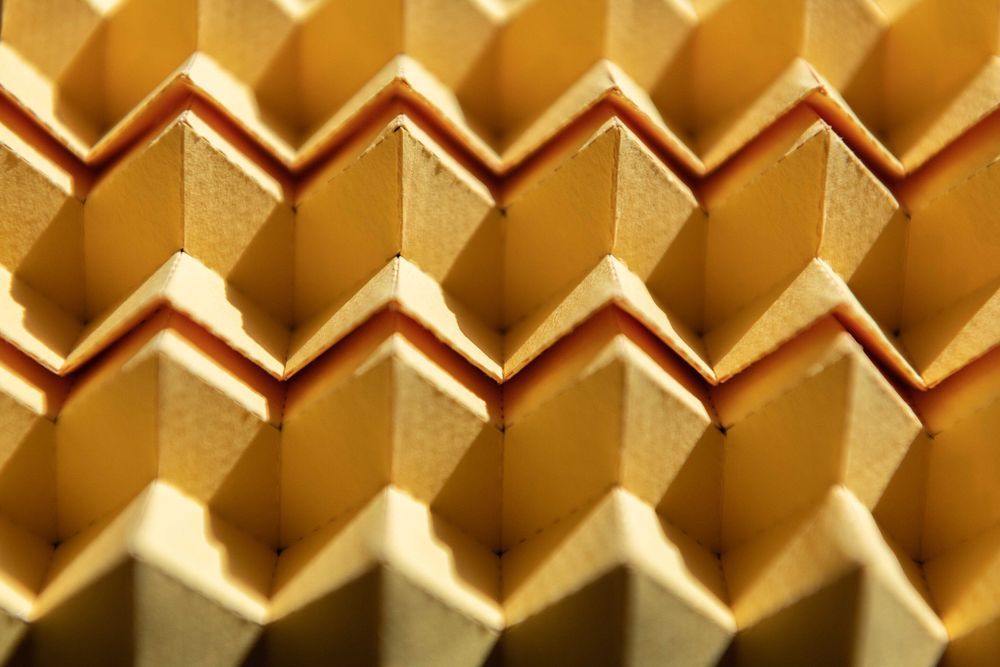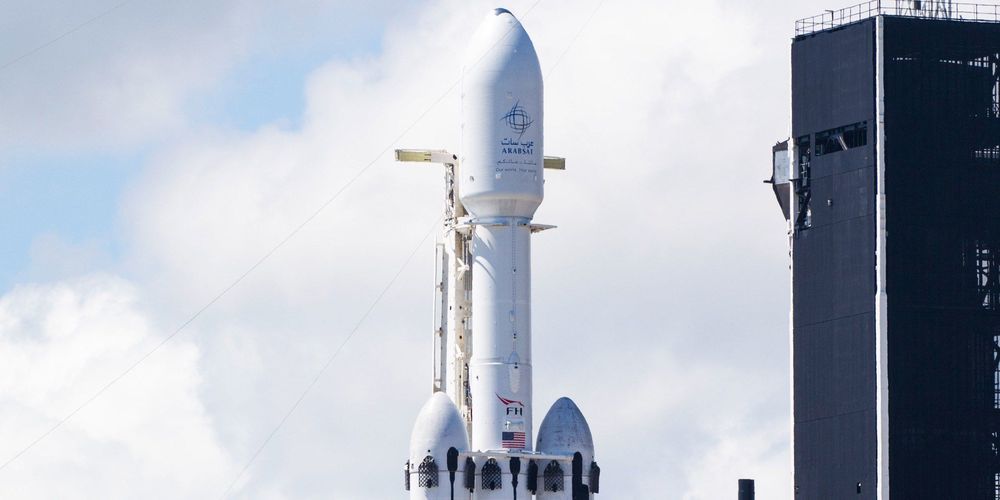The drone delivery of a kidney recently used for an organ transplant in Baltimore is being characterized by the University of Maryland as a “pioneering breakthrough” advancement in human medicine and aviation technology.
“It’s huge. We knew from the very first time that we met with Dr. (Joseph) Scalea, and he suggested the idea of what he wanted to do — we knew it would be earth-shattering and life-changing, and it really has become that,” Matthew Scassero, director of the Unmanned Aircraft Systems Test Site at the University of Maryland, told WTOP.
The unmanned aircraft system’s flight on April 19 through the city of Baltimore occurred at about 12:30 a.m. and was less than 3 miles, but represents a huge first step.

